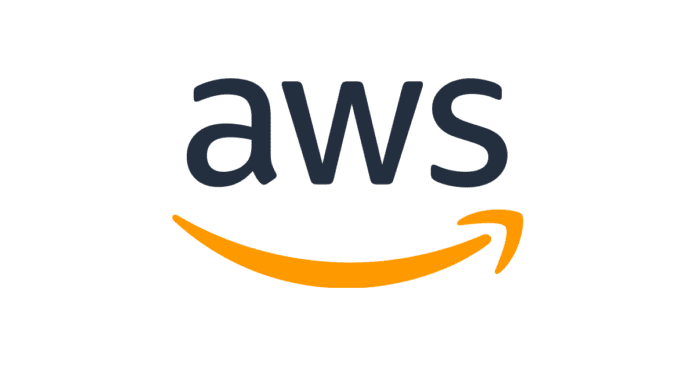AT&T says many of its customers are on a “journey to the cloud” and the carrier wants to provide the networking environment to get them there. To that end, AT&T is deepening its cloud partnership with Amazon Web Services. Last week at the AT&T Summit in Dallas, the company’s chief product officer Roman Pacewicz explained the elements of the new partnership.
1. Private mobile connectivity
This integration enables AWS customers to more securely access the cloud from a mobile device.
Panewicz said the service also includes connectivity to all the software-as-a-service offerings that can be delivered to mobile endpoints from the AWS cloud.
“We take the data stream right off the radio access network, and we never touch the internet, we just route it directly to NetBond and connect it to AWS,” he said. He said companies will buy private mobile connectivity as a service and any cloud service available through AWS will come to them through a secure mobile connection.
2. FlexWare integration
Panewicz said AT&T launched its FlexWare edge computing platform last year, and has now added a direct, automated connection to AWS. In addition, AT&T has integrated FlexWare with AWS Greengrass, software that extends AWS cloud capabilities to local devices.
“When you are connecting robots in the manufacturing process, and all these different sensors, milliseconds matter,” Panewicz said. “If something needs to be adjusted, that decision needs to be made in a split second and it needs to immediately be done right there at the factory. Taking the data stream all the way back to some remote cloud … is not going to work. You need local control.”
“FlexWare with Greengrass allows you to connect those endpoints securely over certain protocols and even if the connectivity is not there, the factory could still run because those local executables are still processing,” said Panewicz. He said protocols like Zigbee or LoRa could connect the endpoints to the hub.
“This is a partnership that continues to evolve with AWS and we’re going to roll out the service in 2018,” Panewicz said. He sees this as an example of how business customers can benefit from the work AT&T has done to make its network more efficient through the use of software.
“FlexWare relates to how we’re transforming our network to a software-centric network,” Panewicz said. “We are in the process of moving away from integrating boxes from various vendors, and are instead instantiating services on a very distributed cloud infrastructure.”
Panewicz said AT&T is instantiating both consumer and business services on its own distributed cloud. “The extension of that cloud to the customer premise is what we call FlexWare,” he said. “FlexWare is basically an x86 virtualized appliance that is able to instantiate all sorts of networking and non-networking functions.” He said these could include router functions from various vendors, security functions and now Greengrass as well.
3. Internet of things application development with AWS
AT&T launched its IoT starter kit last year, and this year added a dedicated starter kit for AWS.
“This is around leveraging their IoT platform and our IoT starter kit,” said Panewicz. The $109 kit is meant to give developers the basic connectivity and software needed to connect devices to the internet.
“A developer can get this box and be able to turn it on, write applications, and have that data go straight into the Amazon environment,” said Chris Penrose, president of AT&T’s IoT business.
4. Cybersecurity
AT&T has expanded its Threat Manager security platform to AWS. The carrier uses it to identify threats by combining information from client infrastructure with data from its larger network and from third-party networks that leverage AT&T infrastructure.
“It feeds all sorts of information into this heuristic algorithm and intelligence engine,” Panewicz said. He said the software can analyze five billion events within ten minutes.
“This is a service that we sell today to customers, but we’re announcing that we’re going to extend it to the AWS infrastructure,” he said. “If our customer is running their applications on the AWS infrastructure, now we’re getting the information from AWS as well and we’re getting an even more holistic view of the threats that may be emanating.” He said this integration will be available at the end of the first quarter of 2018.

